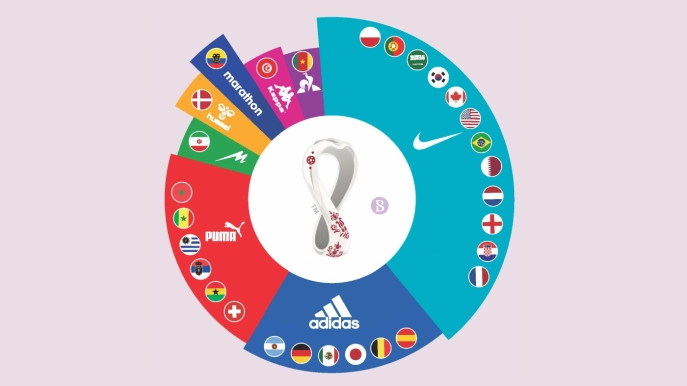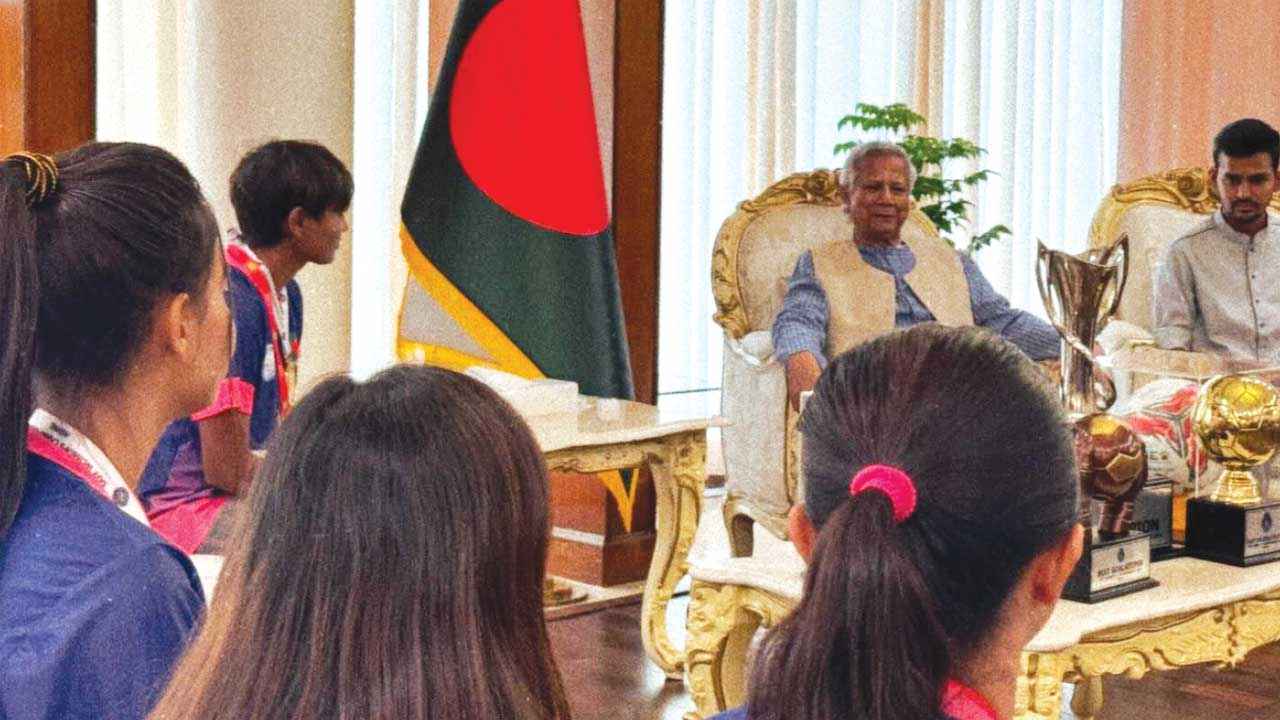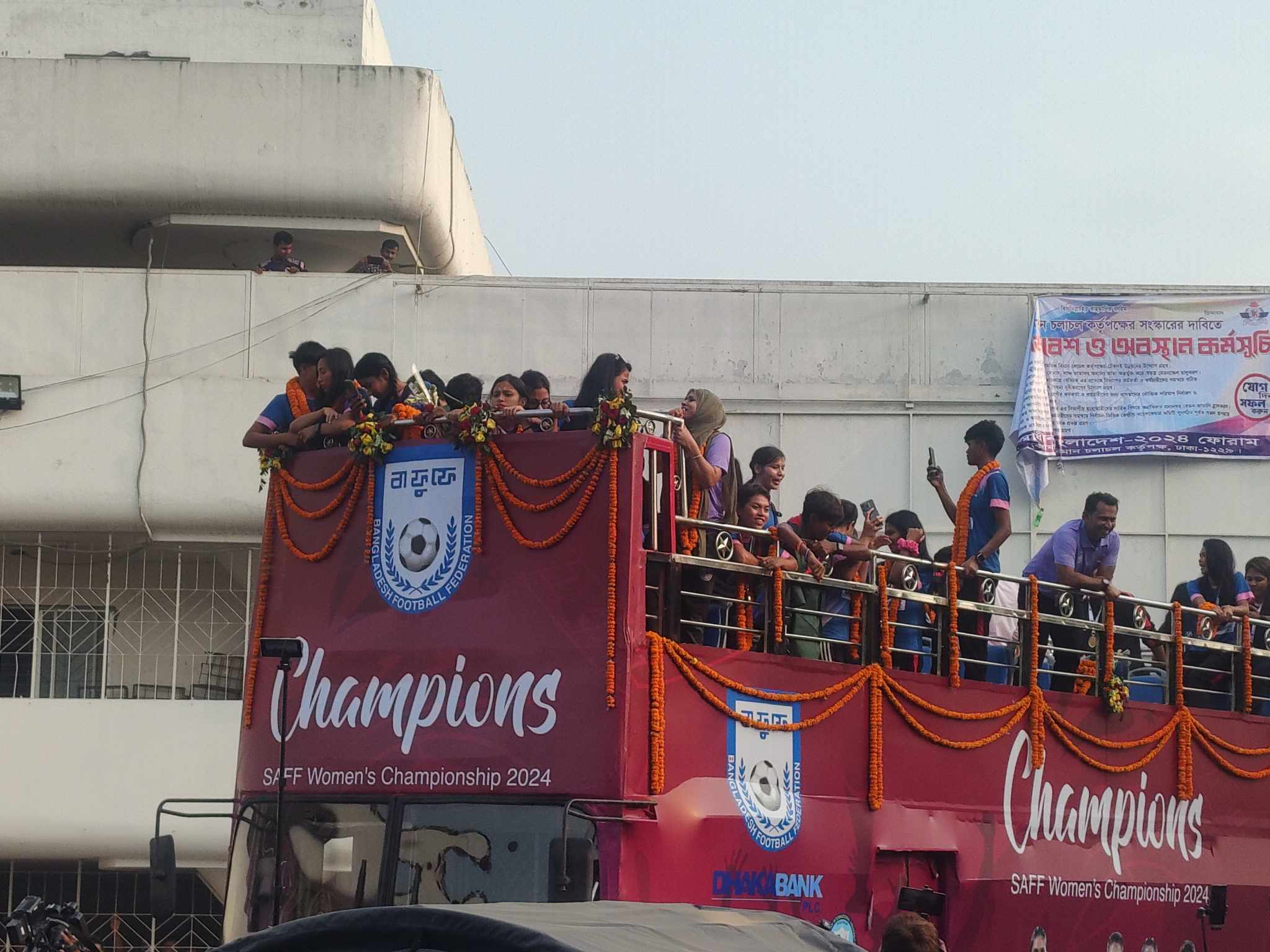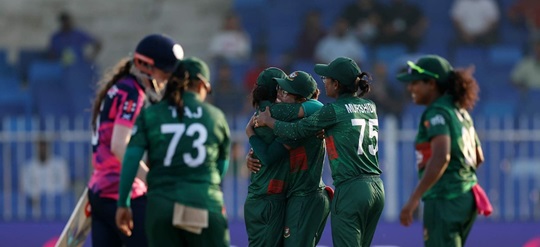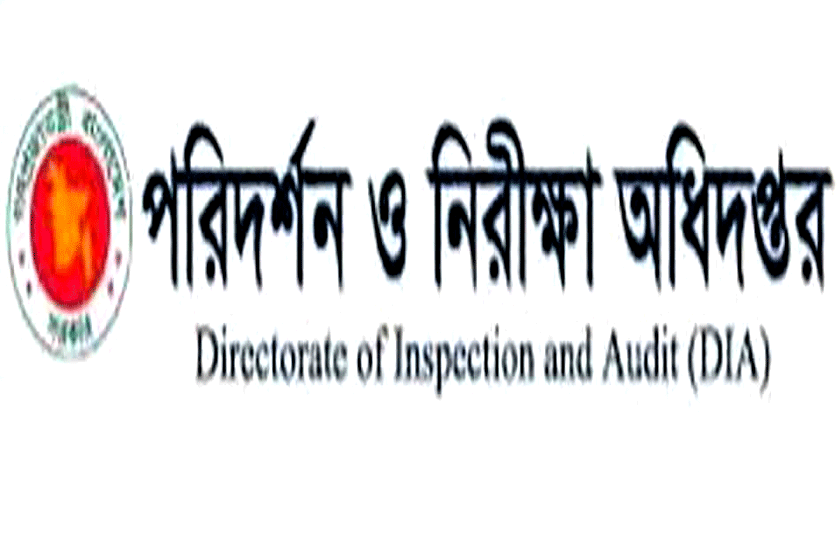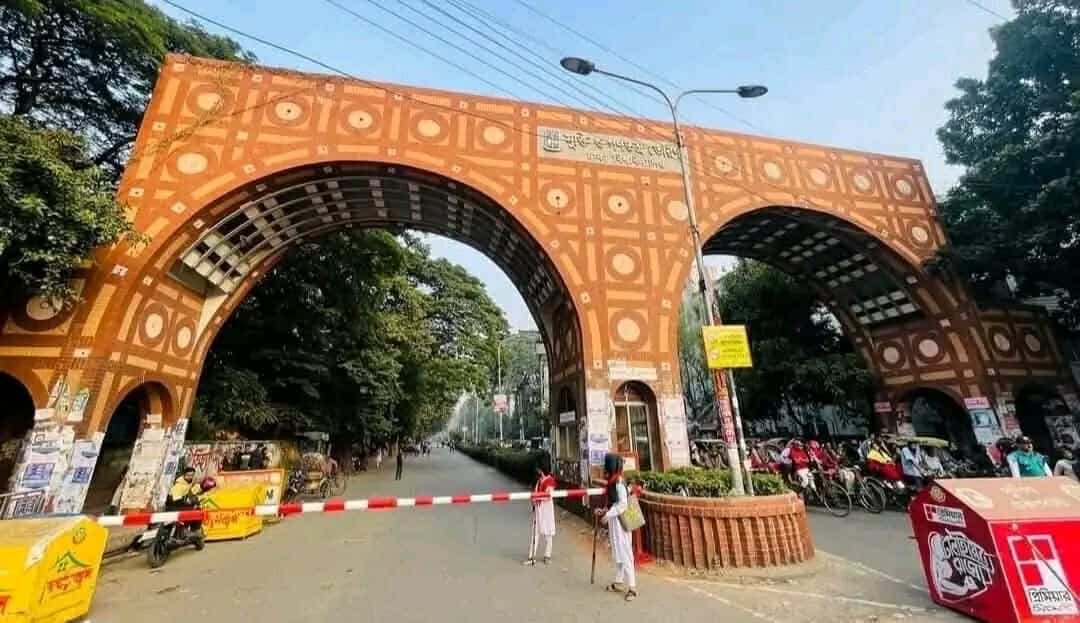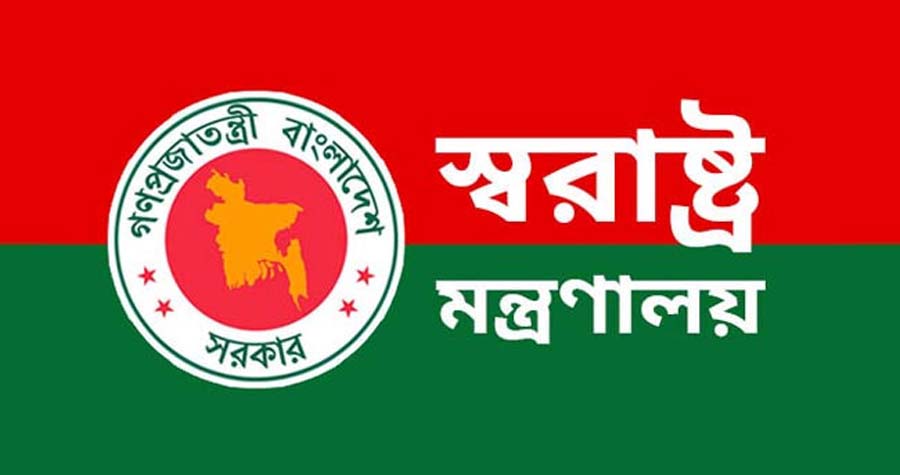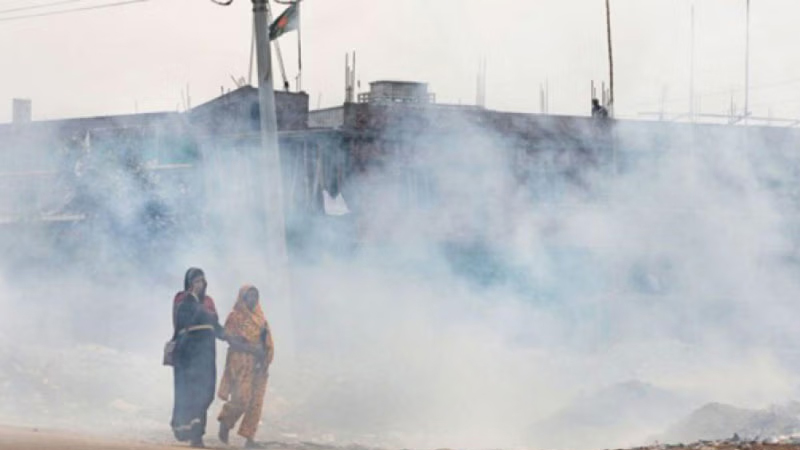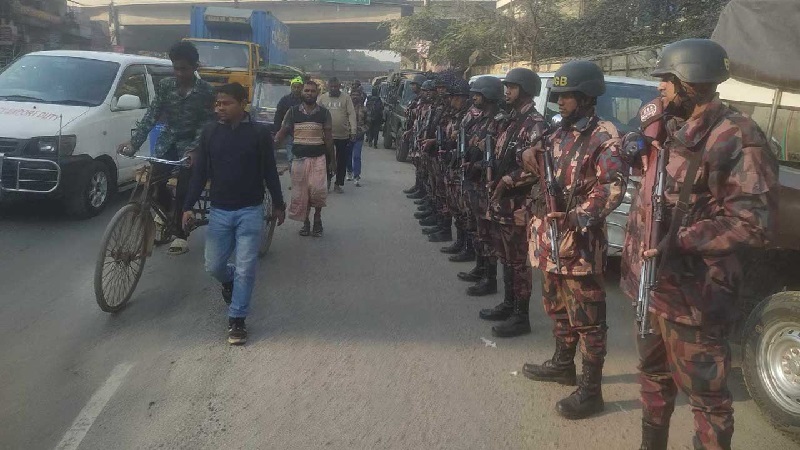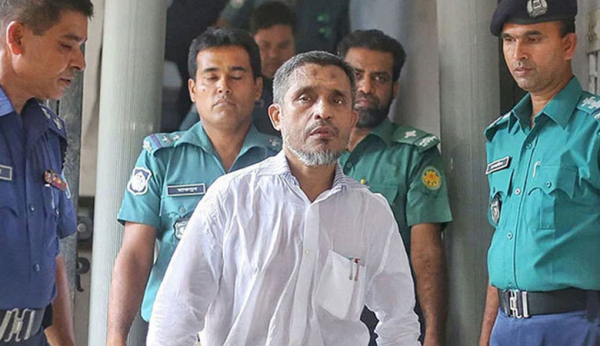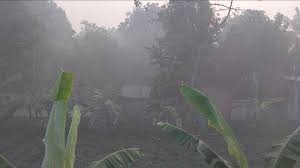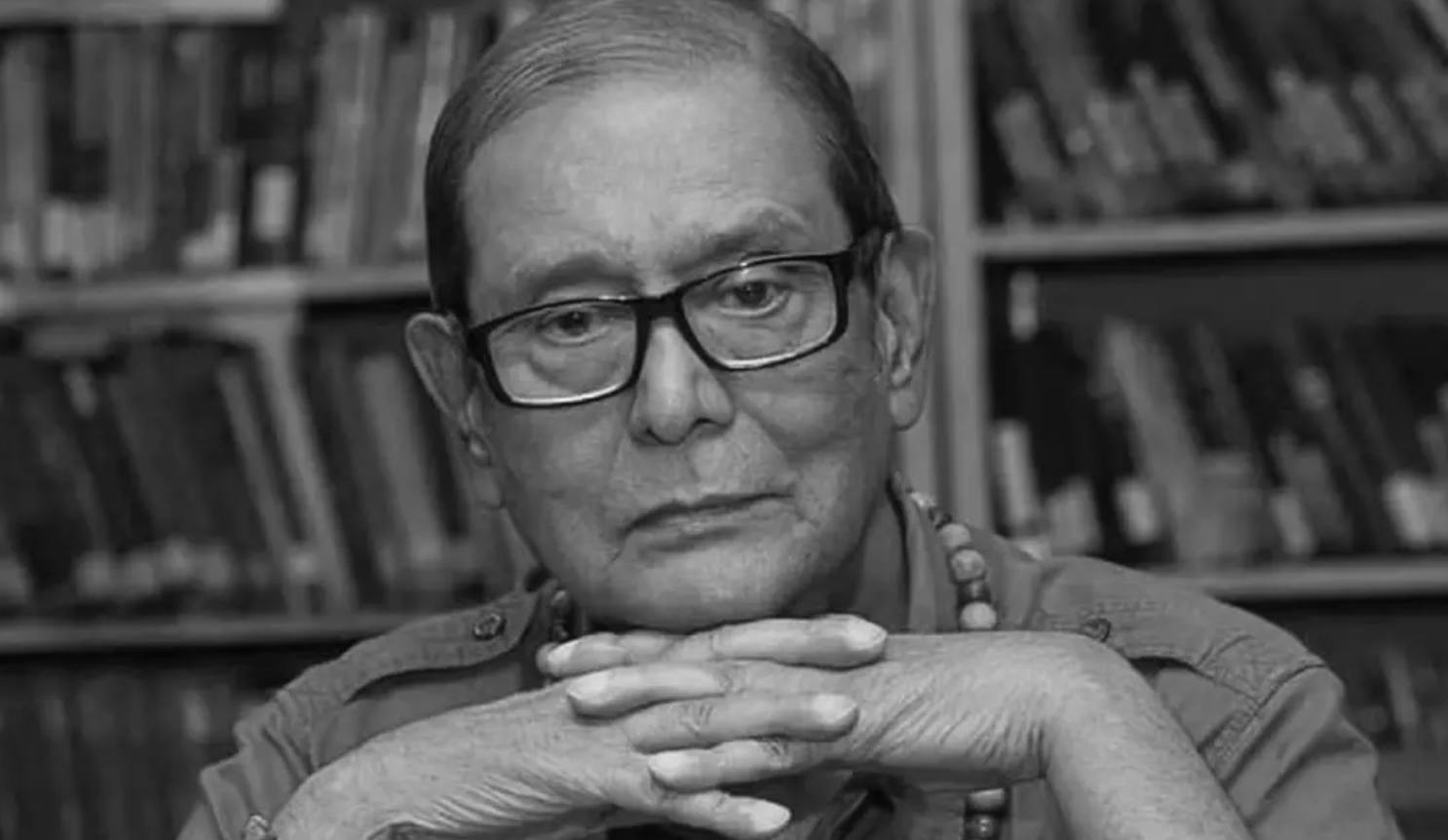Hot favourites Brazil are taking on Uruguay in the De facto World Cup final at Maracana, the biggest stadium in the world.
It's eleven minutes from full-time and Alcides Ghiggia stuns the crowd of 2,20,000, the biggest ever gathered for a game of football into silence as he puts Uruguay in front. It's a blur of blue and white as hosts Brazil desperately tries to pull one back. But it's the visitors in light blue who manage to pull off one of the greatest upsets in sporting history.
This match will later come to be known as Maracanazo.
The Brazilians are so distraught by the defeat they decide to retire their white and blue home stripes for good. Sporting goods manufacturer Athleta is then tasked with finding the perfect new drip for Brazil.
It was Aldyr Garcia Schlee, a 19-year-old from Pelotas in Southern Brazil who came up with the now-legendary combination of the yellow-and-green shirt with blue-and-white shorts. Brazilian sports goods manufacturer Athleta not only became the Brazilian national team's jersey supplier in 1954 but also the first official kit supplier of a national football team. Brazil won the World Cup a record five times in those colours and the jersey that was born out of despair grew into a beacon of hope.
Athleta and British Umbro jointly produced Brazil jerseys for the 1958, 1962 and 1970 FIFA World Cups.
Seven different teams have won the World Cup since 1958. Until the 1974 tournament, manufacturers were not allowed to display their logos on the uniforms. Argentina's 1978 shirt was the first to have the jersey maker Adidas's logo displayed prominently.
National team jersey sponsorships are a big business and competition, naturally, is fierce.
The reward for a jersey sponsor is more than simply displaying their logo, which is featured over the right chest of the jersey, the left leg of the shorts and the socks in addition to any other officially licensed team apparel. It also means a chunk of the £1 billion football jersey business pie as well as a bigger share of the $30 billion global licensed sports merchandise market.
In the latest World Cup final, both teams Croatia and France were outfitted by Nike, with France coming out victorious. In the previous deal, the French Football Federation received €42.6. After the world cup win, for the privilege of being France's jersey sponsor, Nike has to fork out €50 million a year until 2026.
Adidas shares lost 6% during the month-long 2018 World Cup, when hot favourites Germany, an Adidas team, was knocked out early. During that same period after France won the tournament, Nike gained 4%. Nike's football-related sales reached more than $2 billion in fiscal 2018.
In 2014 it was the exact opposite. It was an all-Adidas affair at the final as Germany took home the Cup after defeating Argentina. Adidas reported football-related sales of 2.1 billion euros (1.8 billion pounds) that year and out of the roughly 98 million jerseys it sold, 3 million were of the victorious German team.
In 2010, the champions Spain wore an Adidas kit. In 2006 eventual champions Italy had Puma as their kit sponsor.
The 2002 World Cup saw for the first time the Nike-kitted team of Brazil take home the 'Cup of Life.' Clothed in Adidas's iconic three stripes, France lifted the trophy in 1998. In 1994 it was Umbro whose logo featured on World Champion Brazil's jersey. In 1990 the champions Germany had Adidas as their kit sponsor.
In 1986, as Argentina captain Diego Maradona kissed the trophy, he had just won sporting the Gaelic rooster of Le Coq Sportif on his chest. In 1982, Le Coq Sportif made the kits for Italy but their logo was not displayed. In 1974, it was West Germany outfitted by Erima who won the tournament. In 1966, Umbro made the kits for England.
Adidas was the first company to put its brand logo on the World Cup, and for decades, it was by far the biggest kit sponsor of national teams. At the 1974 FIFA World Cup in Germany, the 3-Stripes sponsored 10 of the 16 national teams. They used this as a springboard to take over the market for decades. Adidas also provides the official match balls of the World Cup.
In total, Adidas has been the jersey sponsor for 134 teams since the 1974 World Cup. Nike is second by some distance with 63 national teams outfitted. That is impressive considering the swoosh only entered the football kit manufacturing game at the 1998 World Cup. Behind them is Puma with 50 teams outfitted.
Kits made by Umbro were once a regular feature of the World Cup up until 2014. Throughout the tournament's history, they have sponsored 22 teams. Most notably their home country - England and Scotland. Their biggest moment in the World Cups came in the 1966 World Cup when out of the 16 teams that competed, 15 wore kits manufactured by Umbro. The only exception had been the USSR.
Unfortunately for Umbro, back in those days, the logos of kit sponsors were not displayed on jerseys.
The other brands who have dressed teams at the World Cup are Lotto (9), Le Coq Sportif (7), Hummel (5), Joma (4), Reebok (4), Diadora (3), Kappa (4), Marathon (4), Topper (3), Uhlsport (3), Admiral (2), New Balance (3), Rapido (2), Aba Sport (1), Asics (1), Atletico (1), Brooks Sport (1), Burrda Sport (1), Erima (1), Errea (1), Legea (1), Levi's (1), Mitre (1), Penalty (1), Raihna (1), Shamil (1), Sonitex (1), Weekend (1), Majid (1) and One All Sports (1).
With so many teams wearing kits made by Adidas, they have also made kits for the highest number of World Cup winners with 5. Umbro and Athleta each have one, when they combined to dress the Brazil team in three of their world cup triumphs, Erima has one, Le Coq Sportif kitted two and newcomers Nike have sponsored two champions already.
Mexico has had the highest number of brands as its kit sponsor over the years. El Tri Colors World Cup jersey has been provided by 6 brands (Levi's, Adidas, Umbro, Aba Sport, Atletica, and Nike). Belgium is second with 5 different brands pulling off their jersey duties over the years.
Danish brand Hummel has made 5 World Cup appearances and all when sponsoring Denmark. The brand has been the kit sponsor of their home team from 1926-2004 and again from 2016-present.
In this year's World Cup kit battle, Nike leads the pack with 13 teams which make up roughly 40% of the teams. Adidas comes in second with seven teams, while Puma has six.
Six brands have one team - Hummel (Denmark), Iranian brand Majid (Iran), Marathon (Ecuador), NewBalance (Costa Rica), Le Coq Sportif (Cameroon) and Kappa (Tunisia).
Adidas has said that it expects sales of about 400 euros ($415 million) related to the World Cup, which would amount to around 2% of additional annual revenue.
One might wonder which footballing nation earns the most from their kit deals.
Well, football is a simple game. Twenty-two men chase a ball for 90 minutes and in the end, the Germans always win. Germany is the winner here as well. Adidas has been Germany's jersey provider for more than 65 years and in their current arrangement, the German FA receives €60 million every year from Adidas. The deal is set to run until 2026.
The next two on the list are current world champions France who earn €50 million a year from kit sponsors Nike. While the England-Nike Kit deal is worth €42 million a year.
Out of the big 3 kit manufacturers, Adidas mostly kit out teams with a rich footballing pedigree. Six of the seven nations donning Adidas's kits this World Cup are ranked among the world's top 20 teams, according to the latest Fifa rankings.
But that doesn't mean Nike does not have top-ranked teams — seven of the nations it dresses are among the top 20. But it also equips lower-ranked teams like Qatar and Saudi Arabia, who are both among the lowest-ranked teams competing this year.
Nike does however have a trick up its sleeve in the form of Brazil. The celecaos have won the most World Cup titles and are favoured by oddsmakers to repeat history this year.
Puma's biggest team Italy failed to qualify for the 2022 World Cup. Before the sportswear firm signed a then unprecedented 10-year, $160 million sponsorship deal with the Brazilian team in 1996, they had just $40 million in soccer sales and was only seen as a running and basketball shoes brand.
So far during the tournament (As of December 3), shares of Nike have risen under 1% as Nike-backed favourites Brazil and France have done well. Meanwhile, Adidas is down 3.8% due to the poor performances of Adidas-backed teams such as Germany.
So, just like the teams on the pitch, the swooshes, three stripes or pouncing pumas on their chest are also engaged in a silent skirmish just as fascinating.


